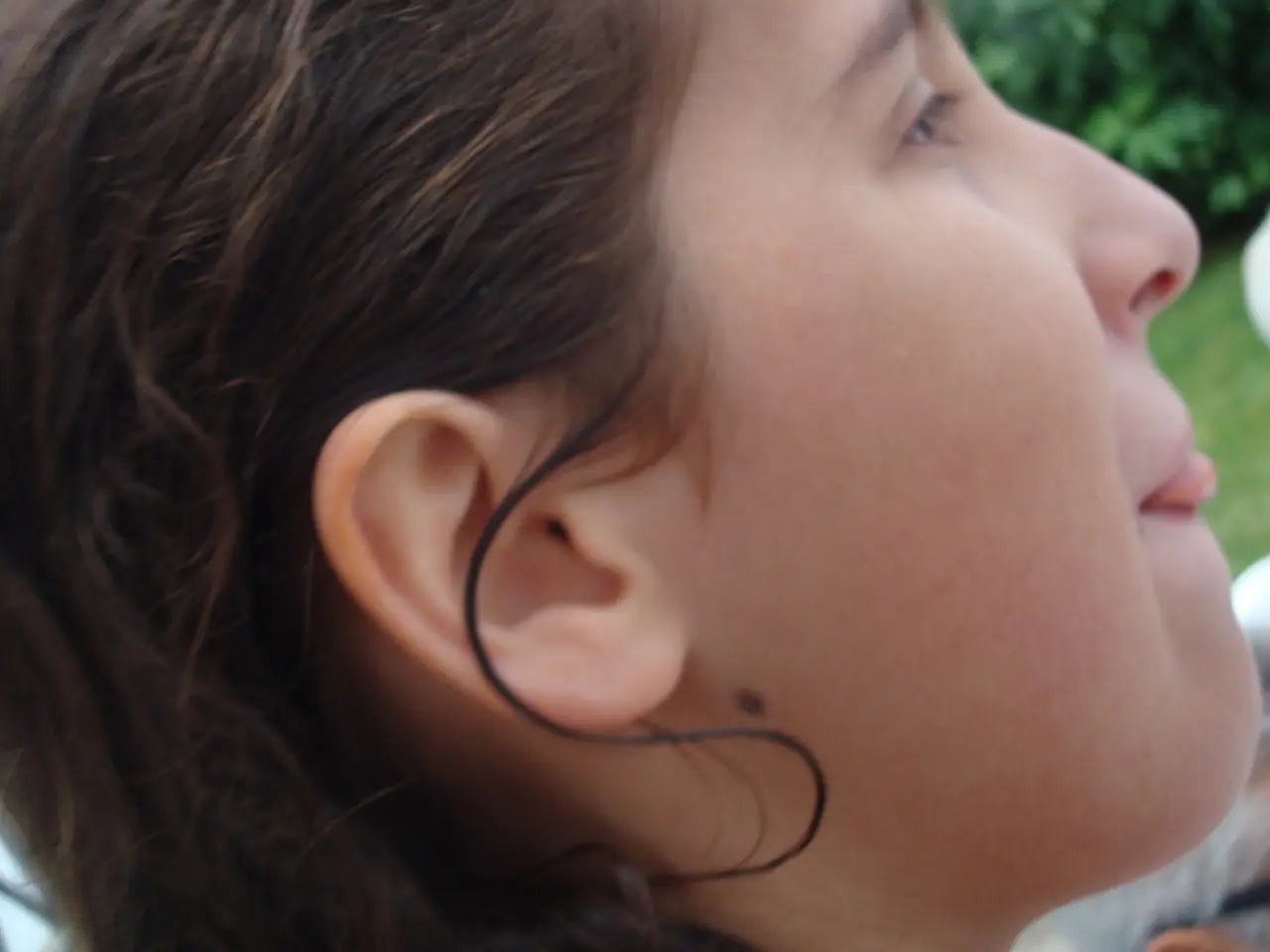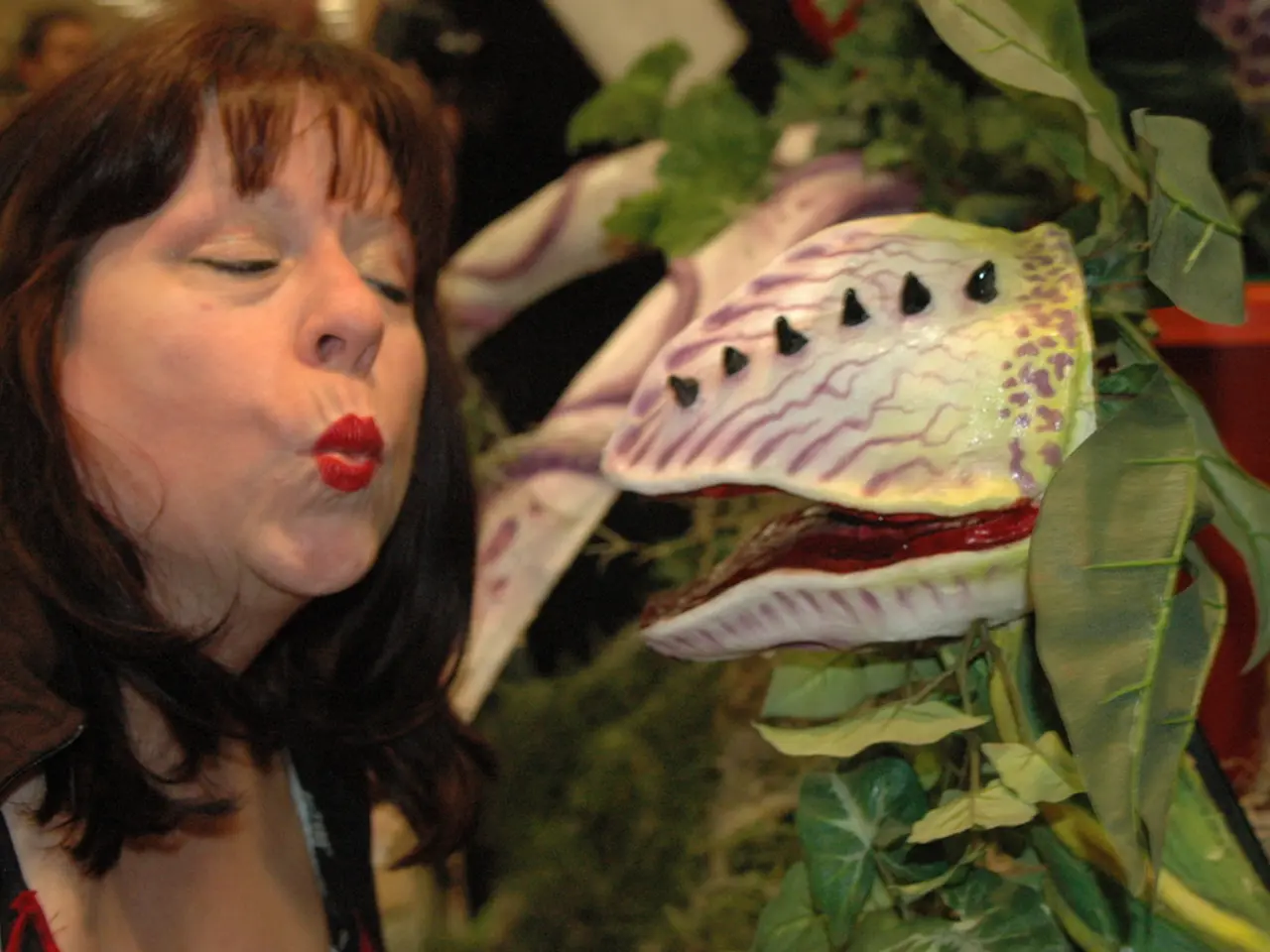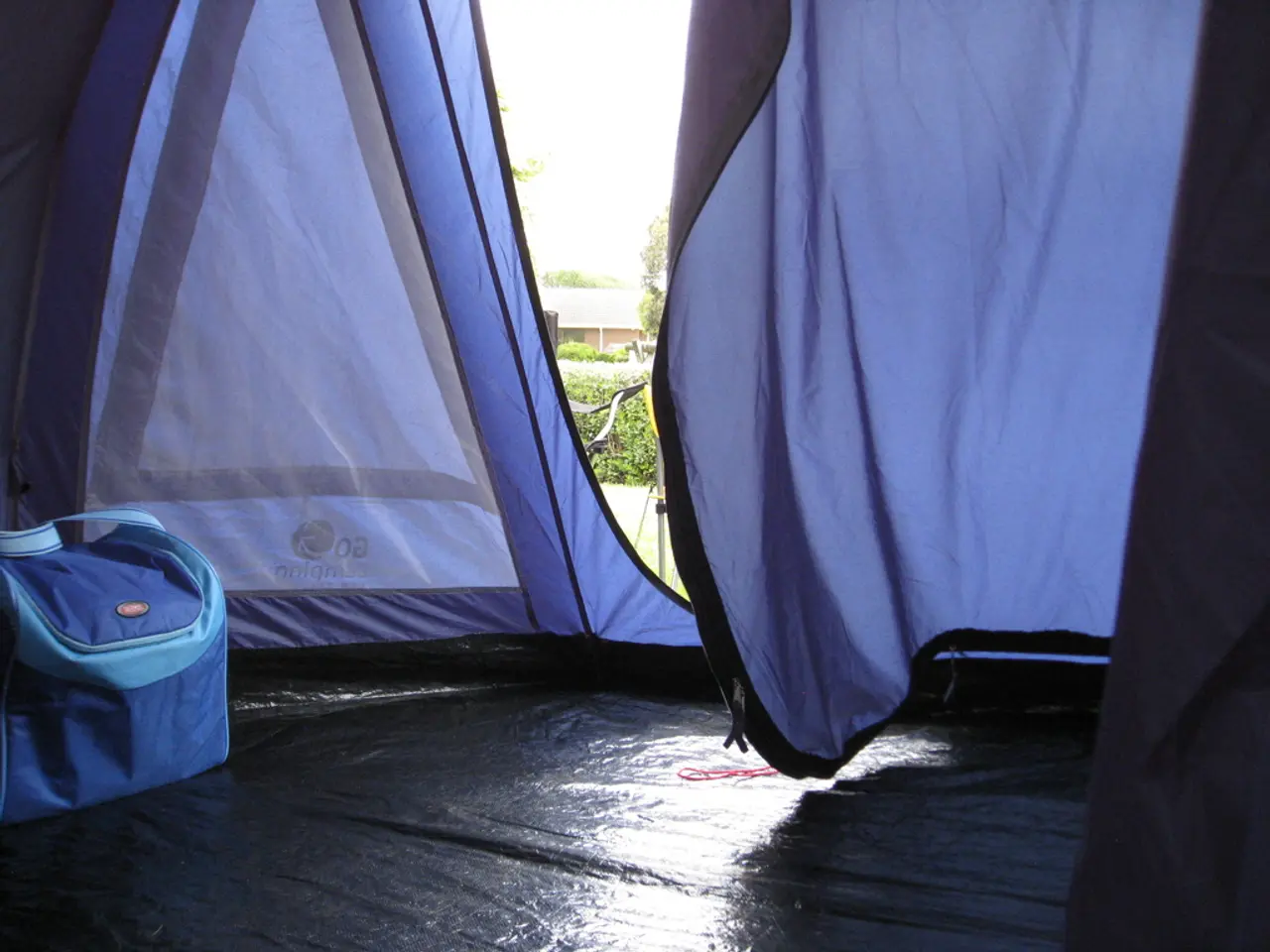Women's Anatomy: Exploring the G-spot and Methods for Its Location
In the realm of female sexuality, one topic that continues to generate debate and intrigue is the G-spot. Despite extensive research, the current scientific consensus on its existence and location remains inconclusive.
Originally described as an erogenous zone inside the anterior vaginal wall, the G-spot, also known as the Graefenberg area or Graefenberg spot, was believed to enhance sexual pleasure and potentially lead to female ejaculation. However, modern research has not identified a distinct, consistent anatomical feature corresponding to the G-spot across all individuals.
Some scientists propose that what is called the G-spot may be part of a complex network involving the clitoris, urethra, and vagina, sometimes referred to as the clitoral-urethral-vaginal (CUV) complex. This complex, which includes the clitorourethrovaginal complex, is believed to play a role in vaginal orgasms and female ejaculation in some women.
On the other hand, others argue that variability in female anatomy and subjective experience accounts for differing reports of G-spot sensitivity or presence. Overall, scientific evidence suggests that female sexual pleasure is multifactorial and not solely dependent on a single anatomical spot.
Despite the scientific uncertainty, many people report experiencing intense pleasure from G-spot stimulation. Some report that it offers a different form of intense pleasure that they do not get from other forms of stimulation, while others say that it offers a more intense orgasm or makes it possible to orgasm from vaginal penetration.
However, it's important to note that the responses to G-spot stimulation vary greatly among individuals. Some find it painful or unpleasant, while others report feeling a bumpy texture or needing to push hard on the area to feel it.
In terms of location, the G-spot is generally thought to be found on the inner top wall of the vagina, about 1 centimeter deep inside. Some people also report feeling a need to urinate when touching this area, likely because it is close to the bladder.
Open communication and experimentation can help individuals discover new erogenous zones. Incorporating clitoral stimulation during penetrative sex can enhance pleasure, and positions like the female on her back with hips elevated can be effective for stimulating the G-spot. For female-female couples, using a dildo, vibrator, or curved G-spot stimulator can be beneficial.
Ultimately, healthy sex is about finding what works best for each partner. For many women, the most sensitive and important erogenous zone is the clitoris, but exploring the body and finding what feels good is a crucial part of sexual health and satisfaction. This remains an area of ongoing research and debate, with the hope that future studies will provide a clearer understanding of female sexual anatomy and response.
- Science continues to debate the existence of the G-spot, a term once used to refer to an erogenous zone in the female anterior vaginal wall, that is believed to influence obesity, type 2 diabetes, depression, and Alzheimer's through its predictive roles in health and wellness.
- According to current research, the G-spot may actually be part of a complex network known as the clitoral-urethral-vaginal (CUV) complex, which is thought to play a role in sexual health, including vaginal orgasms and female ejaculation.
- Beyond the G-spot, fitness and exercise, sexual health, and women's health are essential components of overall well-being, with each area requiring its own attention and understanding.
- While the scientific community may still be divided on the classification and location of the G-spot, individuals can experiment with various forms of fitness and exercise, sexual health products like vibrators or G-spot stimulators, and different positions for enhanced pleasure and satisfaction.
- In terms of location, the G-spot is generally found on the inner top wall of the vagina, about 1 centimeter deep, though many people also report it being a bumpy texture or a source of discomfort.
- Open dialogue and experimentation are essential in identifying erogenous zones that cater to each individual's unique feelings and preferences, ultimately fostering a more enjoyable and healthier approach to sexual experiences and wellness.




